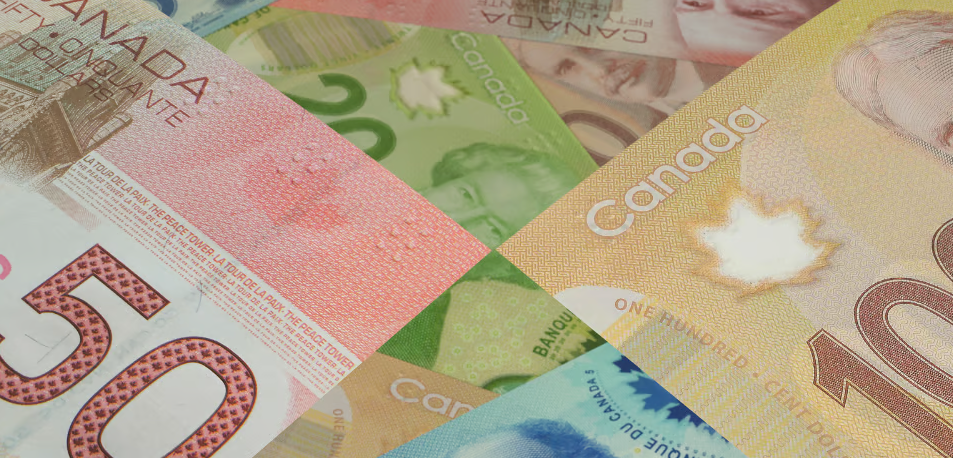
The True Post (Web News) Canada’s dollar strengthened by 0.3% to CAD 1.3690 per USD following May’s inflation report showing a modest 1.7% increase—unchanged from April—with core inflation easing to 3%. This cooled expectations of an imminent interest rate cut by the Bank of Canada, with markets now assigning just a 34% probability to a rate cut in July
Meanwhile, global cues impacted markets: oil prices dropped over 5% to $65/barrel due to reduced tensions in the Middle East, while U.S. dollar weakness and shifts in Treasury yields helped buoy the Canadian dollar
Canada’s annual inflation remains unchanged a sign of persistent price pressures—leading policymakers to tread carefully on rate adjustments
If you’d like a deeper dive into how this affects borrowing costs, housing markets, or export sectors, just let me know!
. The decline was driven by reduced activity in petroleum and coal products, transportation equipment, and food processing sectors.
Canada’s annual inflation stayed at 1.7% in May, with core measures easing slightly to 3%—well within the Bank of Canada’s target
. These figures, which tempered expectations for an upcoming interest rate cut, sent the Canadian dollar higher, reaching approximately CAD 1.369 per USD
Futures for Canada’s S&P/TSX index gained 0.5%, buoyed by news of a temporary ceasefire between Iran and Israel
. Despite some volatility in oil prices, markets are reacting positively to the diplomatic development.
May was a mixed month: factory output softened, but inflation remained stable—supporting the currency. Markets are optimistic, with energy exports growing and federal defense goals being met early.


